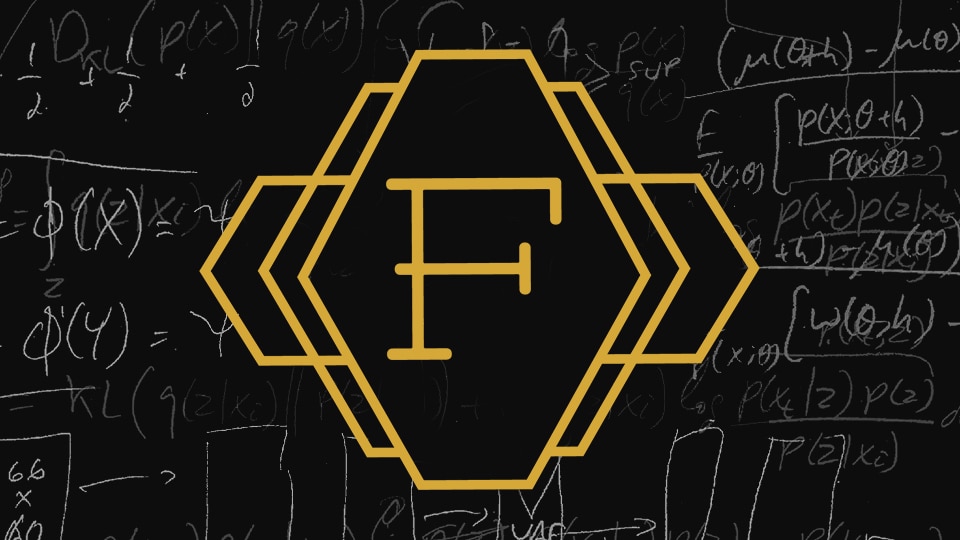Raw optical motion capture data often includes errors such as occluded markers, mislabeled markers, and high frequency noise or jitter. Typically these errors must be fixed by hand – an extremely time-consuming and tedious task. Due to this, there is a large demand for tools or techniques which can alleviate this burden. In this research we present a tool that sidesteps this problem, and produces joint transforms directly from raw marker data (a task commonly called “solving”) in a way that is extremely robust to errors in the input data using the machine learning technique of denoising. Starting with a set of marker configurations, and a large database of skeletal motion data such as the CMU motion capture database [CMU 2013b], we synthetically reconstruct marker locations using linear blend skinning and apply a unique noise function for corrupting this marker data – randomly removing and shifting markers to dynamically produce billions of examples of poses with errors similar to those found in real motion capture data. We then train a deep denoising feed-forward neural network to learn a mapping from this corrupted marker data to the corresponding transforms of the joints. Once trained, our neural network can be used as a replacement for the solving part of the motion capture pipeline, and, as it is very robust to errors, it completely removes the need for any manual clean-up of data. Our system is accurate enough to be used in production, generally achieving precision to within a few millimeters, while additionally being extremely fast to compute with low memory requirements.
Read the full article here.
Author
Daniel Holden (Ubisoft La Forge)

